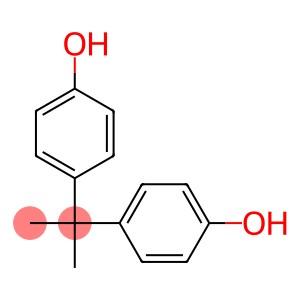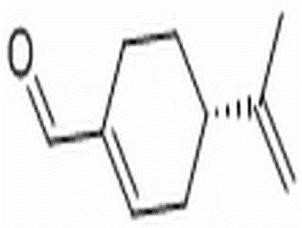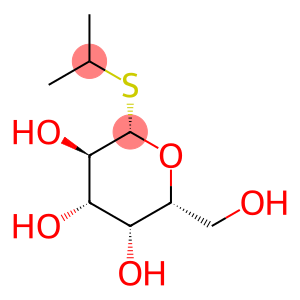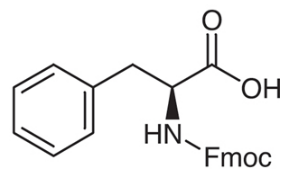4,4′-Isopropylidenediphenol CAS 80-05-7
| Hazard Symbols | Xn – Harmful |
| Risk Codes | R37 – Irritating to the respiratory system R41 – Risk of serious damage to eyes R43 – May cause sensitization by skin contact R62 – Possible risk of impaired fertility R52 – Harmful to aquatic organisms |
| Safety Description | S26 – In case of contact with eyes, rinse immediately with plenty of water and seek medical advice. S36/37/39 – Wear suitable protective clothing, gloves and eye/face protection. S45 – In case of accident or if you feel unwell, seek medical advice immediately (show the label whenever possible.) S46 – If swallowed, seek medical advice immediately and show this container or label. S39 – Wear eye / face protection. S36/37 – Wear suitable protective clothing and gloves. S61 – Avoid release to the environment. Refer to special instructions / safety data sheets. |
| UN IDs | UN 3077 9 / PGIII |
| WGK Germany | 2 |
| RTECS | SL6300000 |
| TSCA | Yes |
| HS Code | 29072300 |
| Toxicity | LC50 (96 hr) in fathead minnow, rainbow trout: 4600, 3000-3500 mg/l (Staples) |
Introduction
introduce
use
It is used in the manufacture of a variety of polymer materials, such as epoxy resin, polycarbonate, polysulfone and phenolic unsaturated resin. It is also used in the manufacture of polyvinyl chloride heat stabilizers, rubber antioxidants, agricultural fungicides, antioxidants and plasticizers for paints and inks, etc.
security
Trusted data
The toxicity is less than that of phenols, and it is a low-toxicity substance. rat oral LD50 4200mg/kg. When poisoned, you will feel bitter mouth, headache, irritation to the skin, respiratory tract, and cornea. Operators should wear protective equipment, production equipment should be closed, and the operation site should be well ventilated.
It is packed in wooden barrels, iron drums or sacks lined with plastic bags, and the net weight of each barrel (bag) is 25kg or 30kg. It should be fireproof, waterproof and explosion-proof during storage and transportation. It should be placed in a dry and ventilated place. It is stored and transported according to the provisions of general chemicals.
Brief introduction
Bisphenol A (BPA) is an organic compound. Bisphenol A is a colorless to yellowish solid that is soluble in organic solvents such as ketones and esters.
A common method for the preparation of bisphenol A is through the condensation reaction of phenols and aldehydes, generally using acidic catalysts. During the preparation process, the reaction conditions and the choice of catalyst need to be controlled to obtain high-purity bisphenol A products.
Safety Information: Bisphenol A is considered to be toxic and potentially harmful to the environment. Studies have shown that BPA may have a disrupting effect on the endocrine system and is thought to have adverse effects on the reproductive, nervous and immune systems. Long-term exposure to BPA can have a negative impact on the development of infants and children.







![10-[2-(2-Methoxyethoxy)ethyl]-10H-phenothiazine(CAS# 2098786-35-5)](https://www.xinchem.com/uploads/1022Methoxyethoxyethyl10Hphenothiazine.png)
